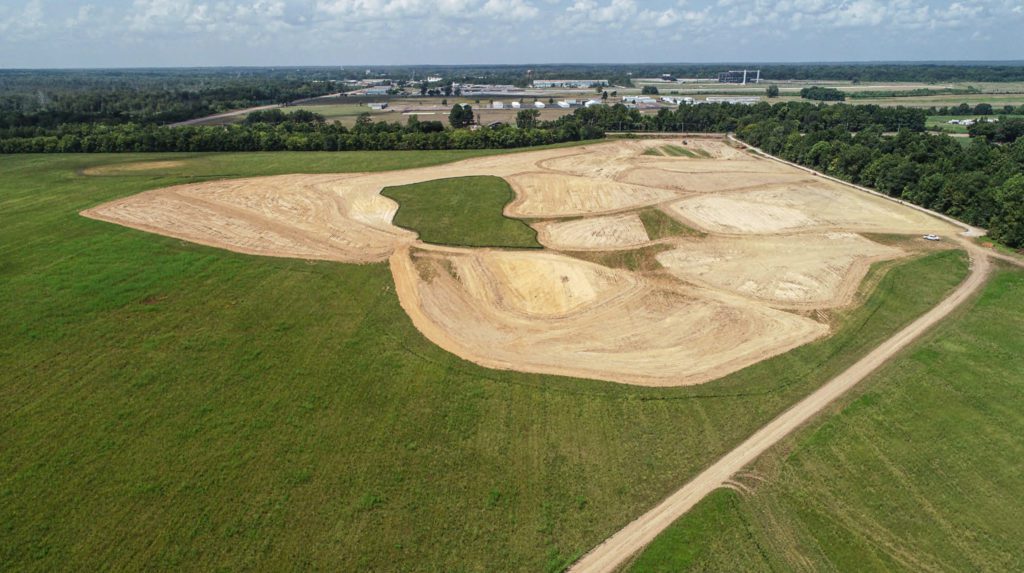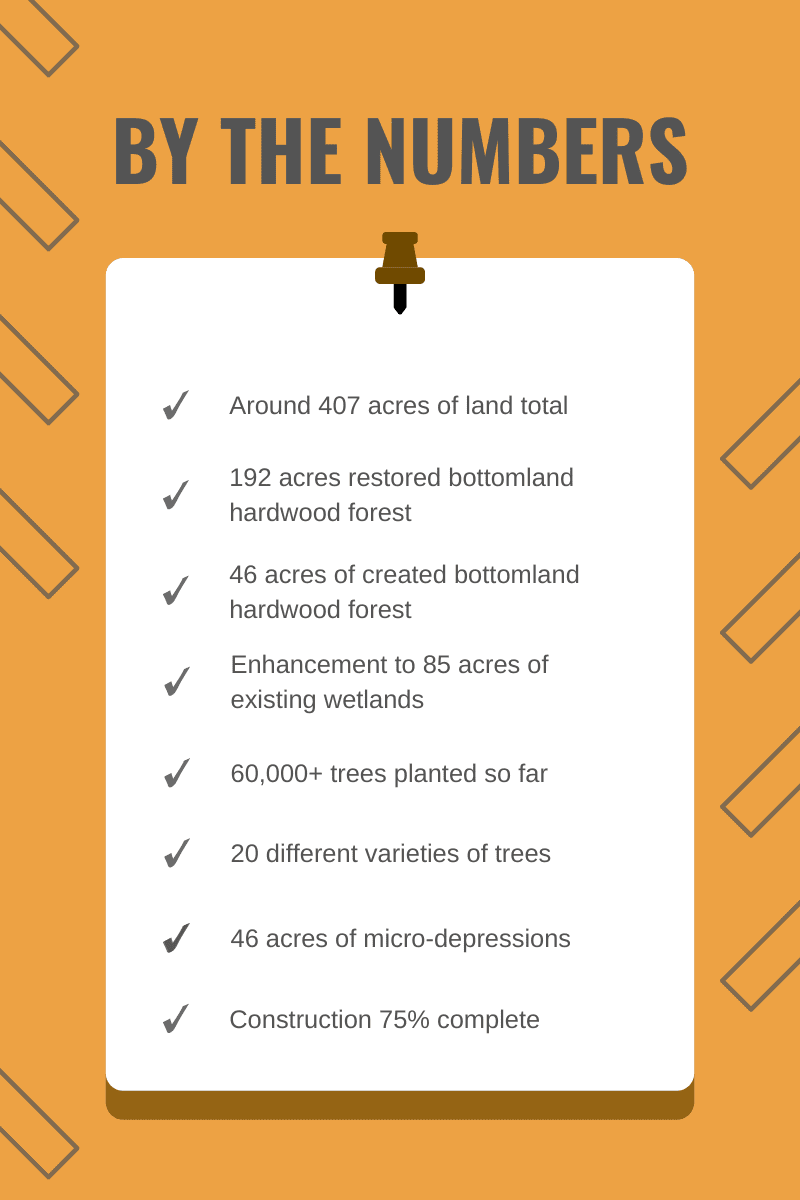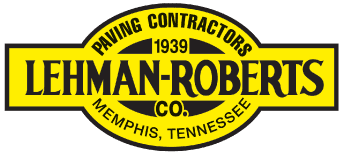Our mission statement lends itself to a simple vision: Making use of the resources we’ve been given to help the communities where we live and work to thrive. The nature of our line of work means each plot of land we set foot on to mine most likely already has its life cycle laid out. However, just as important as the beginning stages (i.e., prospecting, plant site creation and mining) are the plans for the land after all mining is complete. Our final step includes environmental responsibility and reclamation efforts – ultimately providing us with another avenue to embrace our core value of stewardship.
Whether it be for commercial development through schools, hospitals, or neighborhoods, or restoration of nature through recreational ponds, fields, or ecosystems, we work diligently with the intent to ensure all of our sites are left in great condition when we’re finished — often better than before.
One such project has been in the making for nearly a quarter of a century – a property acquired in 1998 along the Loosahatchie River basin that was formerly used as agricultural farmland. In this case, the typical life cycle for the property looked quite different than normal. Rather than mine the property and continue with subsequent reclamation efforts, our family of companies opted to restore the land to its natural state and transition it to a mitigation bank.
According to the U.S. Environmental Protection Agency, a mitigation bank is “a wetland, stream, or other aquatic resource area that has been restored, established, enhanced or (in certain circumstances) preserved for the purpose of providing compensation for unavoidable impacts to aquatic resources.”1 To put it simply: When land is developed and wetlands are impacted, you must mitigate the impact. It is always preferable to mitigate within the same watershed by adding or restoring wetlands in another area.
Sometimes, the mitigation can occur on the same site as the impact. In other cases where that may not be possible, a mitigation bank creates another viable option. Typically, the mitigation results in adding more wetland acreage to the watershed than existed before the development, as a way of compensating for the original disturbance. The idea is that this creates an incentive to not unnecessarily impact wetlands. When it cannot be avoided, mitigation banks like these provide a place for developers to reduce the impacts on our environmental resources.
In 2020, work began on a plan to create the first mitigation bank in the company’s history. Once completed, it will be the largest mitigation bank in the Loosahatchie River Watershed. Alan Parks, VP of Resource Development, shared, “At one time most of this farmland was a wetland habitat. When the land was converted into farmland, the trees were cleared and the land was artificially drained. Ultimately, we’re just restoring it back to its original state.”

Measuring in at more than 400 acres, the construction needs for this plot of land were no small feat. Over the course of the past year, a team has worked tirelessly to dig and regrade 46 acres of micro-depressions, plant more than 60,000 trees, build brush piles and more. Even more important is to note what crucial purpose each phase of construction serves.

Wetlands need an array of components to become biologically diverse systems and to act as wildlife habitat. Micro-depressions, or a series of shallow excavations that average 6 inches deep, allow for water to pool for both birds, amphibians and more. With carbon footprints becoming an ever-growing concern for society, the trees on this property will work to offset emissions estimated at 2.8 million pounds of carbon dioxide per year. Lastly, the general purpose of this land will remain in the best interest of the wildlife that resides there moving forward – through bird houses, bat boxes and more.

We take the stewardship that comes along with the resources and partnerships we’ve been bestowed with very seriously. A huge part of what has made this project a success is through collaboration with the Land Trust for Tennessee, the sponsor of the site. As acting deed manager, this organization will ensure the wetlands will never again be jeopardized by development projects.
As we draw closer to the finish line, few tasks are left before the mitigation bank is fully completed. What remains for phase two is planting more than 12,000 trees, modifying the site’s hydrology to divert water into the micro-depressions, installing monitoring wells and plugging the drainage canal that spans the property so the land will flood. All of these additions will work to enhance the aquatic habitat and should be completed by the Summer of 2022. The final phase of the project involves monitoring effectiveness of the mitigation bank, including the tree survival rates, and if necessary, replanting to meet performance targets.
“This is the biggest restoration project we’ve taken on by far,” Alan remarked. “Back in 1999, we started a small mitigation project to restore four acres of wetlands on this same site. That project was successful, so we knew the site could work again. However, building a mitigation bank on this scale takes things to a different level. The project has taken over ten years to go from conception to construction, with most of that time spent getting the project permitted with state and federal authorities.”
He went on to add the benefits of a property like this to the surrounding community by sharing, “This mitigation bank is good for the environment, good for the local construction economy and will conserve a piece of bottomland hardwood forest for future generations to enjoy forever. While this project is a win for the environment, it will also make development in other areas of the Loosahatchie River basin faster and more cost effective because there will already be a qualified mitigation bank in place to serve that community.”

Sources:










